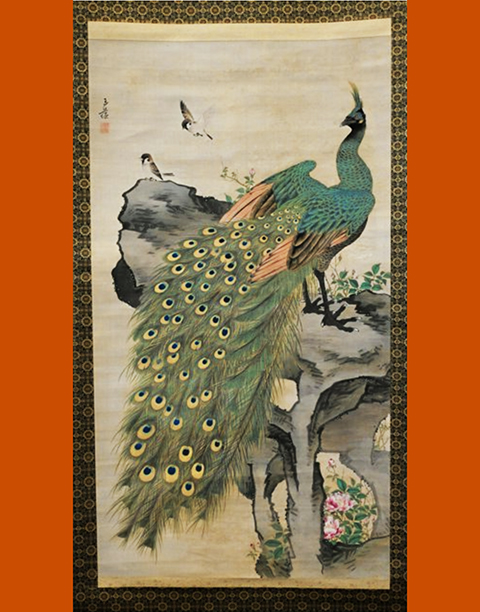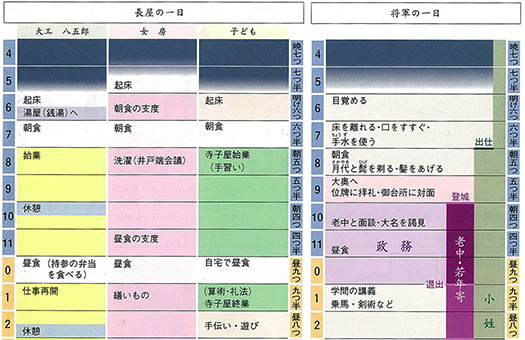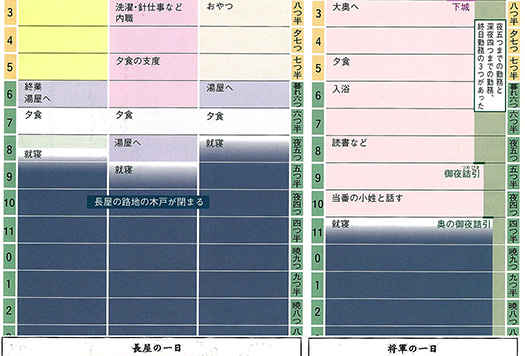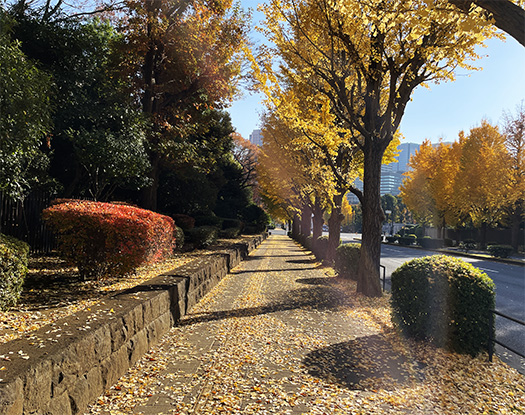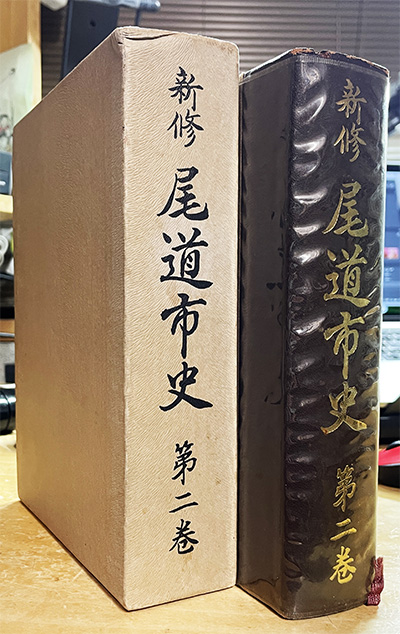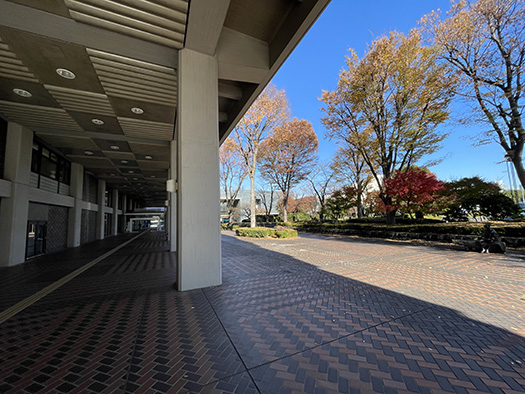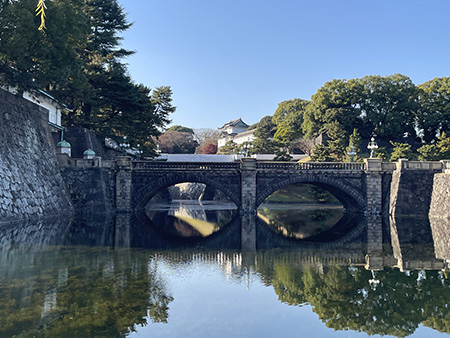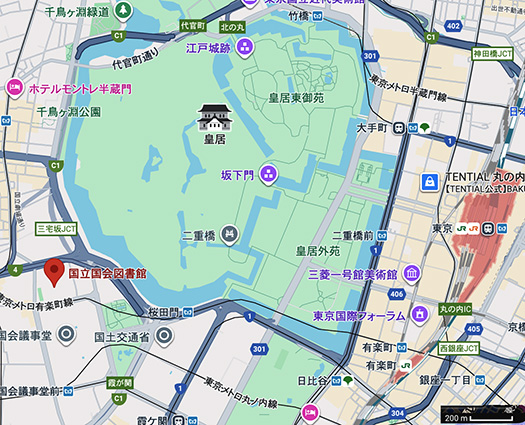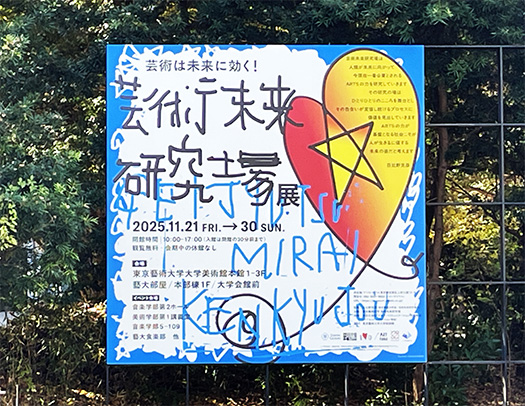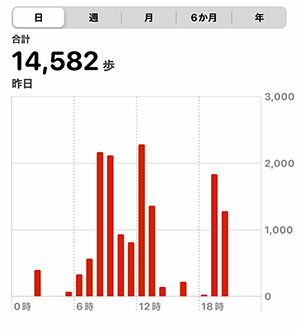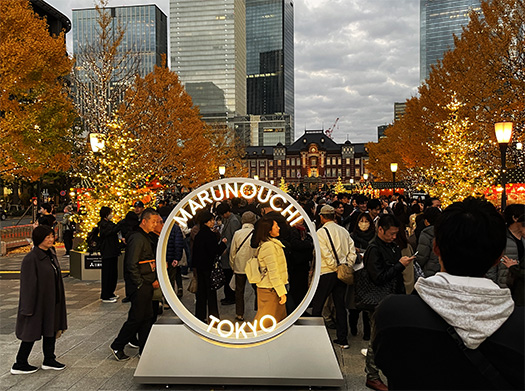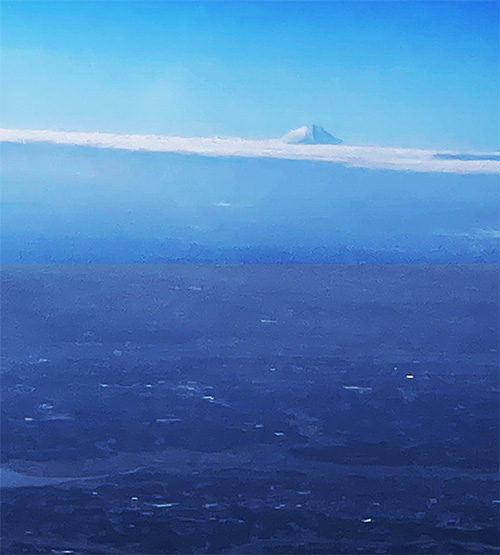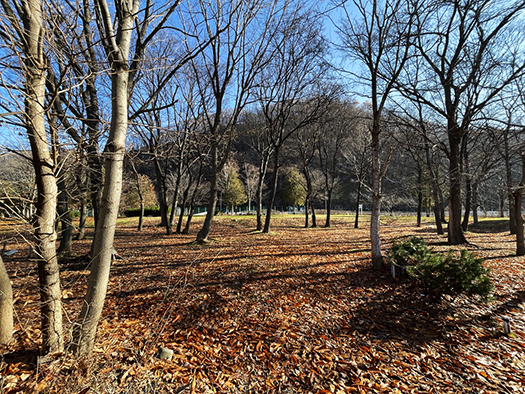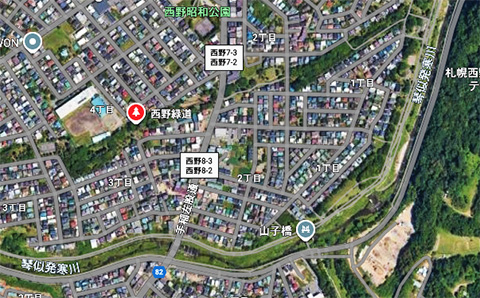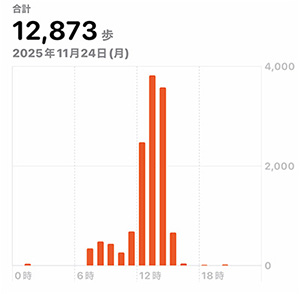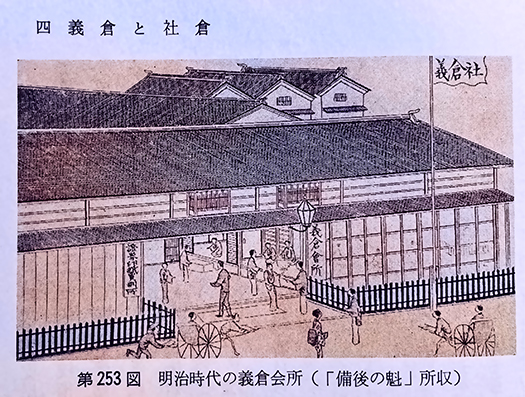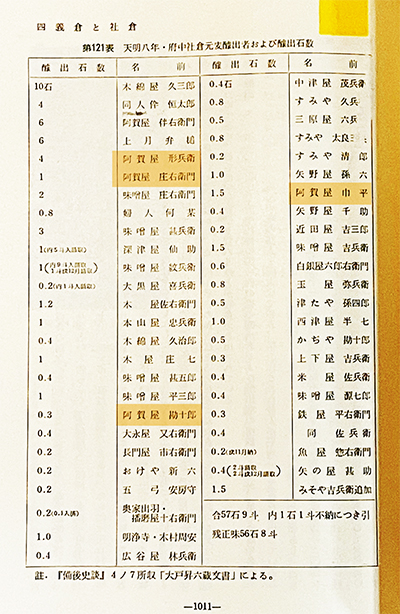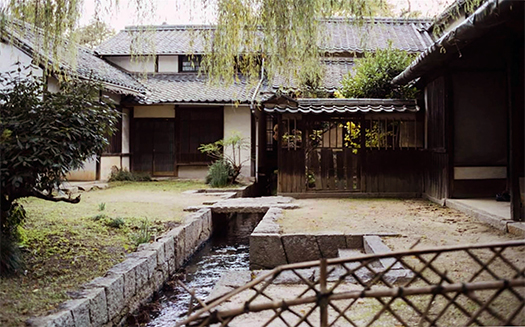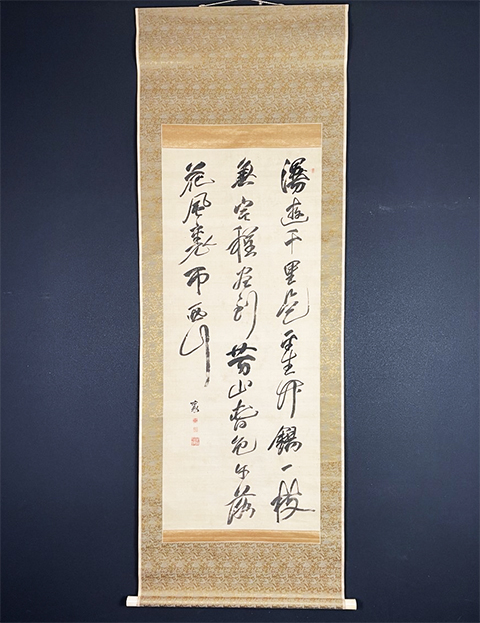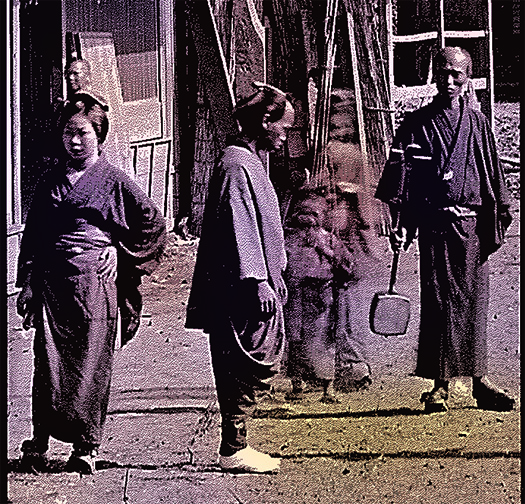
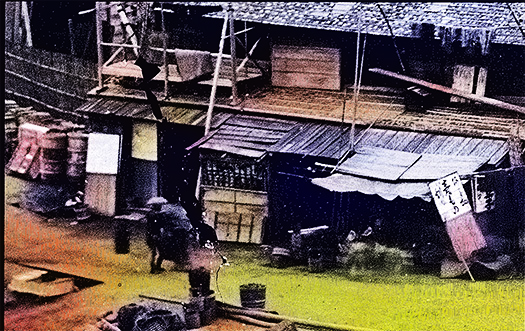
親族の生き様をタイムマシン的に脳裏に復元させたいというわたしの「新領域」。実際に遺された記録や文献などからの血脈的な探索と、一方でその当時に肉親が対応を迫られていた政治経済社会の全般の状況と、そのなかでの独特な「状況」の復元再生が基本。
そういうなかである程度のカタチが見えてきている。
こういう復元作業は認知能力のなかではごく限定的な「部分」でのことがらなので、よりリアリティを持ちたいという欲求が盛り上がってきて仕方がない。そんなことで各種の「情報」を探索することになるけれど、先般触れた国立国会図書館などでの探索から、身近な図書館などでも情報を掘り出すことが出来てきた。
そんななかで幕末期に日本を訪れていた欧米の「インバウンド」が記録していた写真類と出会うことが出来た。
1枚目の写真は神奈川県横浜市中区・根岸白滝不動尊付近の茶屋前での当時の人びとの様子。画像本体はもちろんモノクロ(Photoshopでカラー化)で、写っているひとたちに「静止していて欲しい」とお願いしながら撮影されたもののよう。しかしほぼ正面に子どもも写っているが、ゆらぎのなかにほのかになっているのは、かれには静止している意味が半ば通じなかったことを、ユーモラスに物語っている。そのほかのオトナたちは見知らぬ異人さんのリクエストに大人しくしたがっている。様子からは武士ではない一般町民と思える。当然ながら全員下駄履きだけれど、家系の生きていた広島県福山市の「松永」地域では幕末・明治期には全国の「下駄」の最大の出荷産地だったという。その需要を当て込んで、明治末に祖父は北海道から原材料となる木材を出荷させたかったと推定している。
またもう1枚の写真は、明治初期の鉄道開設当時の横浜市中区野毛の駅前の商店の様子。わたしの家系も、塩という藩財政にとっての重要資源の仕入と広域販売を営みつつ、同時に広島県福山市今津町の脇本陣・蓮華寺の目の前の西国街道筋に店舗を開いていた事実が確認できている。たぶん20-30年程度の時間差はあると思うけれど、似たような「店先」の雰囲気だったことが想像できる。
わたしの先祖の事跡と重ねながら、その記録に関連する映像を凝視し続けている。・・・
お知らせ
拙書「作家と住空間」幻冬舎から電子書籍で発刊
お求めはAmazonで。
https://amzn.asia/d/eUiv9yO
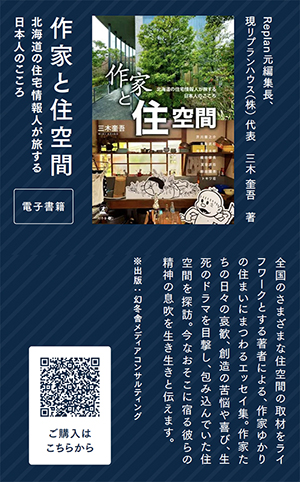
English version⬇
【Photographs of Japanese Towns and People During the Late Edo Period Inbound Tourism】
For Westerners, Japan during the opening period was a subject of maximum curiosity. They must have been deeply fascinated by the orderly streetscapes and the diligent people of this different culture. …
My “new frontier” involves reconstructing the lives of my relatives in my mind like a time machine. It fundamentally involves two things: tracing bloodlines through actual records and documents left behind, and simultaneously reconstructing the broader political, economic, and social context of the time—the unique “situation”—that my relatives were forced to navigate.
Within this, a certain shape is beginning to emerge.
Since this reconstruction work operates within a very limited “part” of my cognitive abilities, the desire for greater realism inevitably grows stronger. This leads me to explore various “information” sources. While searches at places like the National Diet Library, mentioned earlier, have been productive, I’ve also been able to unearth information at local libraries.
Amidst this, I came across photographs recorded by Western “inbound” visitors to Japan during the Bakumatsu period.
The first photograph shows people near a teahouse in the Negishi-Shirataki Fudoson area of Naka Ward, Yokohama City, Kanagawa Prefecture. The image itself is, of course, monochrome, and it appears to have been taken while asking the subjects to “please stay still.” However, a child is captured almost directly in front, faintly blurred within the motion. This humorously illustrates that the concept of staying still was only partially understood by the child. The other adults appear willing to comply with the request from this unfamiliar foreigner. Judging by their appearance, they seem to be ordinary townspeople, not samurai. Naturally, they are all wearing geta sandals. Interestingly, the “Matsunaga” area of Fukuyama City, Hiroshima Prefecture, where my family lived, was the largest shipping point for geta sandals nationwide during the late Edo and Meiji periods. I suspect my grandfather wanted to ship timber from Hokkaido as raw material, anticipating this demand, around the end of the Meiji era.
Another photograph shows the scene in front of a shop near the station in Noge, Naka Ward, Yokohama City, during the early Meiji period when the railway was established. It has been confirmed that my family lineage also operated a business dealing in the procurement and wide-area distribution of salt, a crucial resource for domain finances, while simultaneously running a storefront along the Saigoku Highway, directly opposite the Waki-honjin and Rengeji Temple in Imazu-cho, Fukuyama City, Hiroshima Prefecture. Though likely separated by about 20-30 years, one can imagine a similar atmosphere at these shop fronts.
I continue to gaze intently at these images, overlaying them with the deeds of my ancestors. …
Notice
My book “Writers and Living Spaces” published as an e-book by Gentosha
Available on Amazon.
Posted on 12月 6th, 2025 by 三木 奎吾
Filed under: 未分類 | No Comments »


